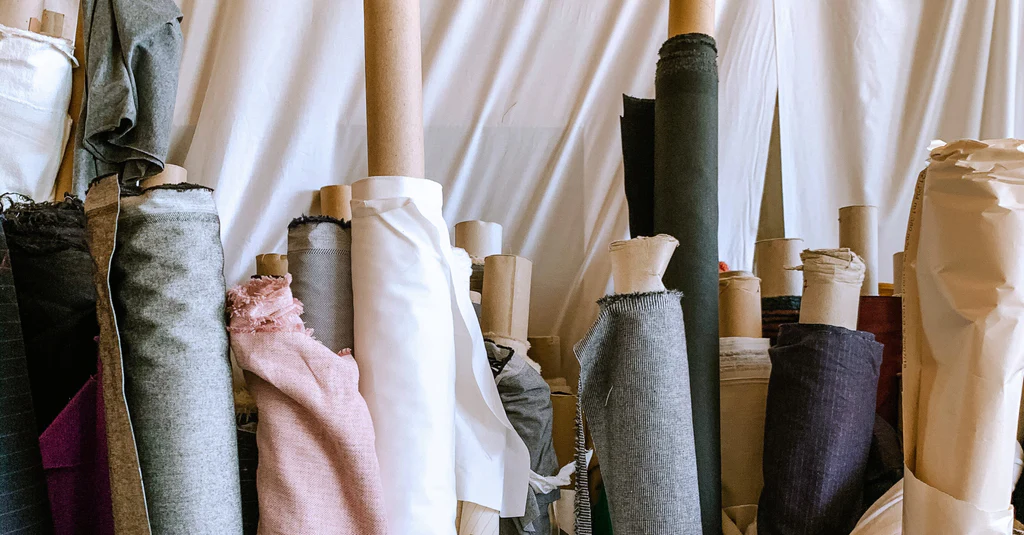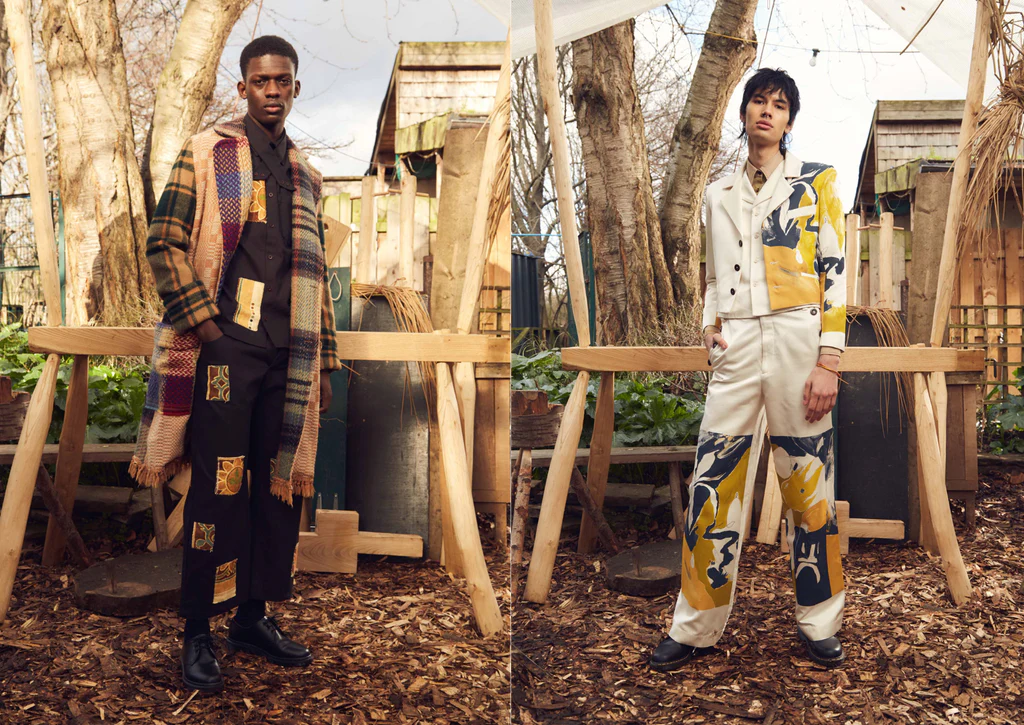Table of Contents
Che cos'è il tessuto deadstock e perché è importante?
I tessuti deadstock, gli scarti di produzione e i materiali avanzati stanno diventando termini sempre più comuni nell'industria della moda.
In questo articolo, DAMō vuole offrire approfondimenti preziosi sui pro e contro dell'utilizzo dei tessuti deadstock, evidenziando le opportunità e le sfide per i designer e i marchi che desiderano adottare pratiche più sostenibili.
Ma cosa significa esattamente "deadstock"?

I benefici del riutilizzo dei materiali avanzati
Mettere questi materiali indesiderati di nuovo in circolazione è importante per due motivi:
- Il settore tessile è chiamato ad affrontare la sfida di trovare soluzioni che riducano la quantità di rifiuti tessili destinati alle discariche e limitino l'impatto ambientale generato dalla produzione di tessuti.
- Il recupero di questi materiali rappresenta una soluzione efficace alle difficoltà che le giovani aziende del settore incontrano durante il processo di approvvigionamento, offrendo loro accesso a materiali di buona qualità e a basso costo, con minimi di produzione ridotti o addirittura nulli.
In un'epoca in cui l'attenzione alla protezione ambientale è in continua crescita e l'accesso alle migliori opportunità di comunicazione e di viaggio supporta la diffusione di nuove prospettive, molti designer hanno trovato vantaggio nell'esplorare vie di approvvigionamento non convenzionali per i materiali, e alcuni marchi sono già riusciti a sfruttare i tessuti deadstock con successo.
Studi di caso
Ecco alcuni marchi come esempio di successo:
CARMINA CAMPUS
Fondata da Ilaria Venturini Fendi, il suo mantra è "salvare lo spreco dallo spreco". Carmina Campus utilizza materiali industriali comunemente considerati scarti come fonte di ispirazione e materia prima per i suoi prodotti. Nelle mani di esperti artigiani italiani, questi materiali acquistano nuova vita sotto forma di oggetti di design. Eccessi di produzione, inventari, campioni, materiali difettosi o inutilizzati: tutto viene trasformato in borse, gioielli o arredi.

In questo senso, il cambiamento nelle abitudini dei consumatori e la ricerca di innovazioni continue hanno stimolato la trasformazione delle scorte di magazzino, dei tessuti vintage e di altri materiali tessili in risorse preziose per il settore della moda.
Tuttavia, sorgono delle sfide quando si lavora con tessuti e materiali di scarto.
Quali sfide emergono dal lavoro con tessuti e materiali di scarto?
- Anche se l'approvvigionamento sta diventando sempre più facile, non è possibile effettuare ordini ripetuti per i tessuti desiderati. Lo sviluppo delle collezioni è limitato dalla disponibilità del tessuto in magazzino.
- Si rivela essere un compito arduo provare l'esatta origine e composizione delle materie prime utilizzate per questi tessuti. Con l'avvento di un mercato parallelo basato sulla commercializzazione dei rifiuti, la cui valorizzazione è giustificata dalla loro presunta natura più responsabile, in quanto "salvati" dalla distruzione, è diventato necessario fornire ulteriori informazioni per garantire la tracciabilità del deadstock.
I designer e i marchi devono quindi strutturare i propri modelli di business e i processi di distribuzione in base a questa disponibilità
Cosa c’è di interessante per i piccoli marchi: come possono utilizzare i tessuti deadstock per vendere direttamente e diventare più agili nella produzione?
A causa della disponibilità limitata dei materiali, le collezioni che creano sono veramente unico. Questo è un grande vantaggio e aggiunge un senso di urgenza al consumatore finale, il che significa che le scorte si muovono più velocemente senza la necessità di ricorrere a saldi.
Le collezioni prodotte risultano ancora più interessanti e diverse rispetto alla moda mainstream, quasi identica e prodotta in massa, che domina la maggior parte dei negozi e dei centri commerciali.
Inizialmente, fare acquisti per abbigliamento prodotto all'interno di una selezione limitata di scorte potrebbe non sembrare una proposta vincente in un mondo ossessionato dalle novità. Tuttavia, la nuova generazione di creativi della moda sta raccogliendo la sfida, utilizzando i vincoli quantitativi a proprio favore.
Consiglio pratico per i piccoli marchi:
I tessuti in quantità limitata vengono utilizzati per produrre pezzi esclusivi e unici, offrendo ai clienti quel tocco di esclusività che sta diventando sempre più raro nell'industria.
In un mondo in cui l'attenzione alla protezione ambientale è in continua crescita, esplorare vie di approvvigionamento non convenzionali per i materiali può portare nuove prospettive e un cambiamento positivo nell'industria della moda.
https://damo.studio/en/post/light-blue-runway